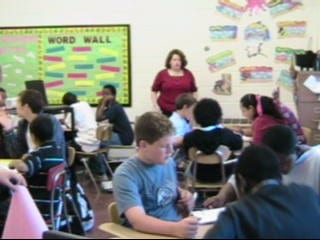After a recent seminar on strategies for working with small groups, Jan Anderson of the Learning Disabilities Association of Wisconsin shared with me some of the techniques she was planning to integrate into her class right away.
Jan teaches GED courses for adults at a local community college. In her first class after attending the seminar, she was planning on starting a new unit on Social Studies. “One of the things I’m hoping to start right away is to have the students work together to create some of their own mnemonic techniques,” she told me. Laughing, she commented that “I think
Most of the time, when we consider techniques and strategies for the classroom, we think in terms of elementary, middle, and high school. But these strategies can be used anywhere learning takes place, including at the college level – and even in the corporate world, where “students” go through workplace training and continuing education.

